How to Prevent Gum Disease with Brushing: Essential Tips for Healthy Gums
- Understanding Gum Disease
- Why Brushing is Key to Preventing Gum Disease
- Proper Brushing Techniques for Gum Health
- Additional Tips for Gum Disease Prevention
- Common Mistakes to Avoid While Brushing
Understanding Gum Disease
Gum disease, or periodontal disease, is a common dental condition that affects the gums and bone supporting the teeth. It begins with plaque buildup on the teeth, which can cause the gums to become inflamed, bleed, and eventually recede. If left untreated, gum disease can lead to tooth loss. Understanding the causes and symptoms of gum disease is essential for preventing it.
Why Brushing is Key to Preventing Gum Disease
Brushing your teeth regularly is the first line of defense against gum disease. Here's why:
- Plaque Removal: Brushing helps remove plaque, the sticky film of bacteria that forms on your teeth and gums. Plaque buildup can lead to gingivitis, the early stage of gum disease.
- Prevents Inflammation: Regular brushing prevents gum inflammation by keeping the gums free from bacteria and plaque that irritate the gum tissue.
- Prevents Tooth Loss: Proper brushing prevents the progression of gum disease, which, if left untreated, can result in tooth loss.
Proper Brushing Techniques for Gum Health
To effectively prevent gum disease with brushing, follow these proper techniques:
- Use a Soft-Bristled Toothbrush: Choose a soft-bristled toothbrush that is gentle on your gums but effective in cleaning your teeth.
- Brush Twice a Day: Brush your teeth at least twice a day, once in the morning and once before bed. Make sure to spend at least two minutes brushing.
- Use Gentle, Circular Motions: Avoid brushing too hard. Use gentle circular motions to avoid damaging your gums and enamel.
- Don't Forget the Gum Line: When brushing, focus on cleaning along the gum line where plaque tends to build up. This is key in preventing gum disease.
Additional Tips for Gum Disease Prevention
In addition to brushing, there are other steps you can take to further protect your gums:
- Floss Daily: Flossing removes food particles and plaque from between your teeth where a toothbrush can't reach.
- Use Mouthwash: Antibacterial mouthwash can help kill bacteria and reduce plaque buildup, further promoting gum health.
- Visit Your Dentist Regularly: Regular dental check-ups allow your dentist to spot early signs of gum disease and prevent further damage.
- Healthy Diet: A balanced diet rich in vitamins and minerals, particularly vitamin C, can support gum health and prevent gum disease.
Common Mistakes to Avoid While Brushing
While brushing is essential for preventing gum disease, there are common mistakes that people often make. Avoid these to ensure the best gum care:
- Brushing Too Hard: Brushing too aggressively can cause gum recession and enamel wear. Be gentle and use a soft-bristled toothbrush.
- Skipping Areas: Don't neglect hard-to-reach areas, such as the back teeth and the gum line. Thorough brushing is key to preventing plaque buildup.
- Not Replacing Your Toothbrush: Replace your toothbrush or toothbrush head every 3-4 months, or sooner if the bristles are frayed.
Want to ensure your gums stay healthy? Make brushing a part of your daily routine, and remember to follow the proper techniques to prevent gum disease. For more tips on dental care and gum health, visit Dentistry Toothtruth.

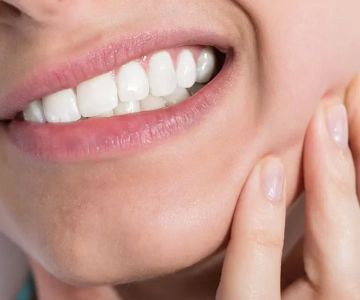

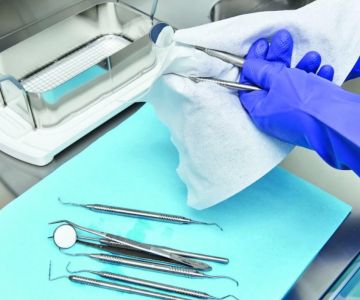
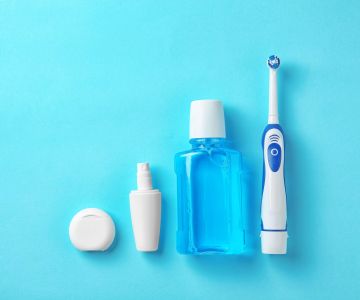
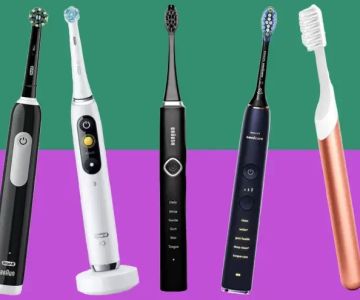
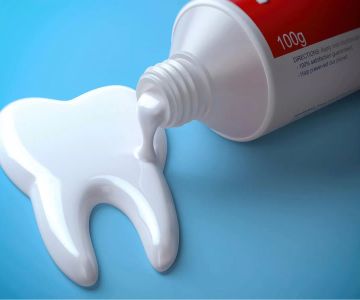
 Westgate Dental Arts3.0 (2 review)
Westgate Dental Arts3.0 (2 review) Coventry Family Dental4.0 (247 review)
Coventry Family Dental4.0 (247 review) Familia Dental3.0 (1028 review)
Familia Dental3.0 (1028 review) Dr. Daniel S. Fife, DDS4.0 (31 review)
Dr. Daniel S. Fife, DDS4.0 (31 review) Dentistry At Suburban Square: Michael I. Wollock, DMD4.0 (1228 review)
Dentistry At Suburban Square: Michael I. Wollock, DMD4.0 (1228 review) Comfort Care Dental4.0 (1156 review)
Comfort Care Dental4.0 (1156 review) The Importance of Oral Health Education During Pregnancy for a Healthy Pregnancy
The Importance of Oral Health Education During Pregnancy for a Healthy Pregnancy Why Skipping Dental Checkups Can Lead to Bigger Oral Health Problems
Why Skipping Dental Checkups Can Lead to Bigger Oral Health Problems Best Tips for Brushing Your Teeth Properly for Healthy Gums: Essential Techniques for Oral Health
Best Tips for Brushing Your Teeth Properly for Healthy Gums: Essential Techniques for Oral Health Advantages of Porcelain Dental Restorations
Advantages of Porcelain Dental Restorations How Can Diabetes Cause Tooth and Gum Problems? Preventing and Managing Oral Health Issues
How Can Diabetes Cause Tooth and Gum Problems? Preventing and Managing Oral Health Issues Healthy Habits for Promoting Good Oral Health and Hygiene: Tips for a Healthy Smile
Healthy Habits for Promoting Good Oral Health and Hygiene: Tips for a Healthy Smile